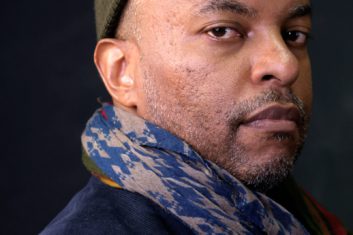

Reflection is vital.
This is something Teaching Artist Project Artistic Director, Patti Chilsen, has emphasized over and over throughout our Saturday workshops this fall.
Slow down. Slow yourselves down. Slow your students down. Just… slow down and consider what you’ve done and what you are about to do.
I find myself having to actively remind myself of this at every turn. Quieting my mind, not rushing into things, careful consideration – these things don’t come naturally to me. I want to rush forward, plowing ahead toward the next thing. But I stop myself because I know Patti is right.
When I reflect, I learn. And when I guide students to reflect, they learn.


An exercise that clarified this for me was the creative mapping free-write we did in the first workshop. We were asked to write – in any form we liked – about our creative map. What were the things, people, experiences that made us who we are as artists and brought us to the moment of being in that workshop (and, really, that moment in our lives)?
One of the guiding questions we answered before starting to write was “When was the first time you shared your work as an artist?” During the 20 minutes we were given to write our map, I chose to concentrate on that question. I wrote not the first time, but a critical time that I shared my work with someone. I used that interaction as a way to think about when writing became more important to me.


After the time was up, we got into pairs and shared our maps. I was put with another playwright, James, who had taken another approach to the exercise. He saw it as answering the question “How did you come to be here?” and had written out moments of his life that, like rungs on a ladder, lead to that moment of him sitting in the workshop.
As we joined back together as a group and Patti pushed us to reflect on the exercise, I thought about the map again and James’s question and realized how powerful that approach could be as a way to encourage students (and ourselves) to be more present and conscious of ourselves.


How did you come to be – in this classroom, in your life, in this very moment?
And I could weave my approach in as well: On your path here, what was a critical moment or juncture? Where could you be instead had you gone somewhere different?
Reflecting on how I saw the exercise and how someone else saw it and how those two views could complement each other made for a richer understanding of what that exercise was capable of and how I might use it in my own teaching.
I’m a big fan of thinking about the meaning of words. Reflection is a “consideration of some subject matter, idea, or purpose” but also “the return of light or sound waves from a surface.” That second definition seems more apt to what we do when we reflect as teachers and artists.
As I move forward in the TAP program this year and in my own practice, I will remind myself at every turn:
Reflect. Reflect. Reflect.





